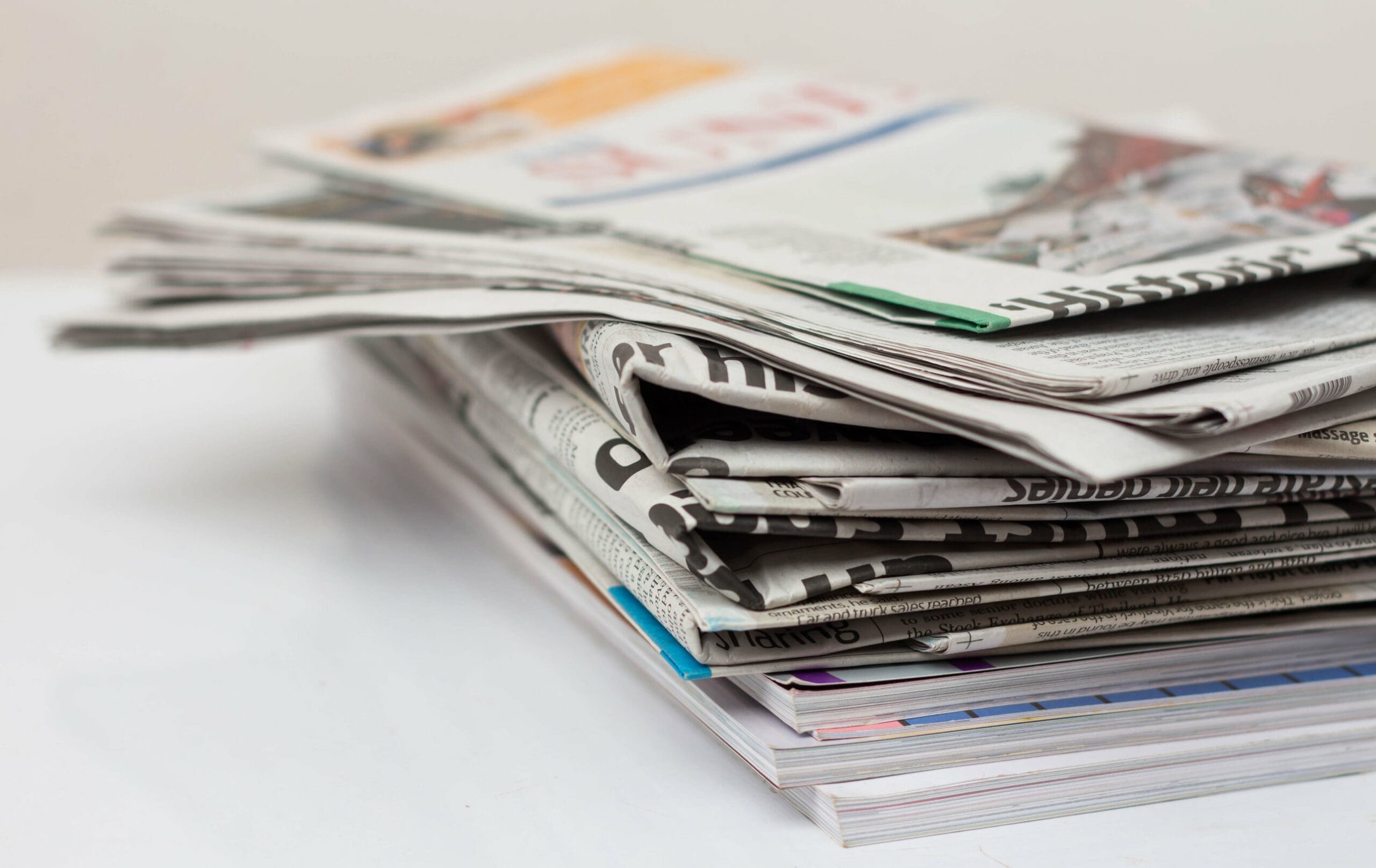Magazine and newspaper articles vary greatly in size and content. In the exam, you could be presented with any one of them. Articles are written to convey information. They can have a specific purpose to inform, entertain or to persuade; alternatively, they could have all three of these purposes. The formality of the writing and the content of the article will depend on its target audience. Most articles include pictures, headlines and subheadings to help grab the reader’s attention.
Newspaper articles consist of news articles, feature articles and editorials, columns and opinion pieces. A newspaper article tends to be more formal than a magazine article. There are two types of newspapers and depending on which, the content and language of the article will be affected. If the article is in a tabloid, it will tend to use more basic vocabulary and include shorter sentences and paragraphs. However, if the article is in a broadsheet, the vocabulary will be more advanced and sophisticated and the sentences and paragraphs will be much longer and more complex.
News articles are written to inform readers of local or world news. They have a main purpose (and often an only purpose) to inform and so the articles are often written using Standard English and will include facts and statistics. These articles are found at the front of newspapers.
You may remember discussing feature articles earlier. Feature articles are a form of literary non-fiction that are a type of newspaper or magazine article but, rather than appearing as formal and informative, they are usually written in an individual style and have a personal slant. These articles tend to explore news stories in much more depth and they focus not on what happened but why it happened. Feature articles explore and analyse the reasons for the events taking place and are often opinionated.
Editorials, columns and opinion pieces are articles that are written by ‘personality’ writers. Personality writers tend to have a more personal and unique style than other article writers; this is often shown through their use of vocabulary or their opinion. Personality writers can have a respectable reputation with their readers as their expert opinion is valued by many. These kind of personality writers have a main purpose to inform their audience. Or, a personality writer can have a reputation for being comical or highly opinionated and have a main purpose to entertain their audience.
No matter the content or audience of an article, there are a few features that are common in almost all articles:
- A headline is used to grab the reader’s attention to an article. Writers normally use alliteration and other language techniques in their headings to make them more memorable and stand out to the reader more
- A subheading is often used after a heading to develop on from the headline. It is intended to provide the reader with more information on the article to grab their attention further. An article can have more than one subheading; in fact, some articles include subheadings above every paragraph. Writers also tend to use alliteration and other language techniques in their subheadings as well
- An article always includes an introductory paragraph which briefly outlines the subject matter of the article
- The main body of the article will be split into a number of paragraphs. Here, the writer will normally answer the five W’s: who, what, why, where, when. These will provide the reader with as many facts as possible. The information that is placed in the article will be organised in the order of importance. The beginning paragraphs will contain important information that the audience requires, whereas towards the end of the article, less important information can be included; for example, opinions
- Once the facts have been given then depending on the content and audience, the writer will sometimes offer their opinion on the story, but this will normally appear towards the end of the article. Although offering their opinion, the writer will most likely continue writing in the third person, never using the ‘I’ or ‘me’ pronouns
- The article will be written in the past tense and in the third person throughout as the writer is narrating events that have already happened. In most cases, the writer will not be a part of the story
- The article will often include quotations as they make the story more interesting and factual for the reader as it gives them the opportunity to hear directly from the people that were involved
- A concluding paragraph will be included at the end of the article which will sum up the article and the points that have been discussed



